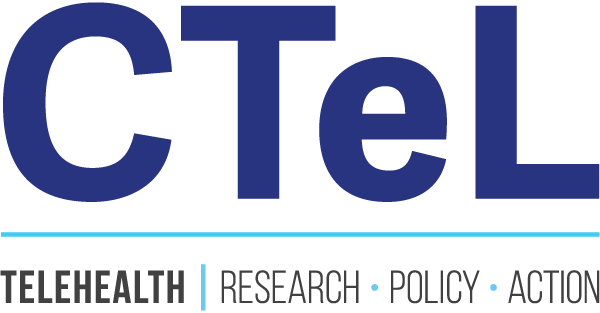White House Announces Final Rules on Mental Health Parity and Addiction Equity Act Implementation
On September 9, 2024, the White House announced the issuance of final rules, jointly filed by the Department of Labor, the Department of Health and Human Services, and the Internal Revenue Service, to implement critical parts of the Mental Health Parity and Addiction Equity Act of 2008. These rules aim to ensure equal access to mental health and substance use disorder (MH/SUD) care, aligning it with the access provided for medical and surgical treatments.
Summary of Major Provisions
The final rules emphasize that the Mental Health Parity and Addiction Equity Act requires no higher restrictions for mental health and substance use disorder treatments than for medical and surgical care. Some of the key provisions include:
Non-Quantitative Treatment Limitations (NQTLs): The rules state that health plans cannot apply NQTLs to MH/SUD treatments that are more restrictive than those for medical/surgical treatments. NQTLs include a variety of non-numerical barriers, such as:
Prior authorization requirements
Standards related to network composition
Methodologies used to determine out-of-network reimbursement rates
Provider Network Compliance: Health plans are required to evaluate their provider networks to ensure compliance with parity laws. This includes tracking metrics such as the frequency of prior authorization requests and denials for MH/SUD services.
Discriminatory Standards: Plans are prohibited from using discriminatory information, evidence, or standards that could disfavor access to MH/SUD care when setting NQTLs.
Mandatory Compliance for Non-Federal Government Plans: Previously optional, compliance with the Mental Health Parity law will now be required for non-federal government health plans.
Next Steps
The new rules will come into effect as follows:
Group health plans must comply starting with plan years beginning on January 1, 2025.
Individual health insurance plans will need to comply starting January 1, 2026.
Healthcare providers should prepare for potential changes in their patients’ health plan network compositions. These changes could open new opportunities for MH/SUD treatments. Clinicians should inform their patients about these policy changes and how they may affect access to care.
Legal Challenges and Opposition
Opposition to these final rules is anticipated, particularly from insurers and other industry stakeholders. Any legal challenges may focus on the statutory authority of the agencies to issue these rules, possibly citing the Supreme Court’s 2024 decision in Loper Bright Enterprises v. Raimondo, which overturned the Chevron Doctrine. This ruling could limit the deference courts give to agency interpretations of federal law, complicating the implementation of the new rules. CTeL will monitor and report on any legal developments related to the final rules.
CTeL’s Commitment to Ensuring Access and Network Adequacy
Telehealth and digital health technologies play a critical role in addressing healthcare access disparities, particularly for mental health and substance use disorder care. However, technology alone is not enough—patients must have affordable and timely access to clinicians. CTeL is committed to working with policymakers at both federal and state levels to ensure that high-quality, equitable healthcare is available to all. Through continued advocacy, CTeL aims to bridge the gaps in care and help ensure network adequacy for critical healthcare services.
